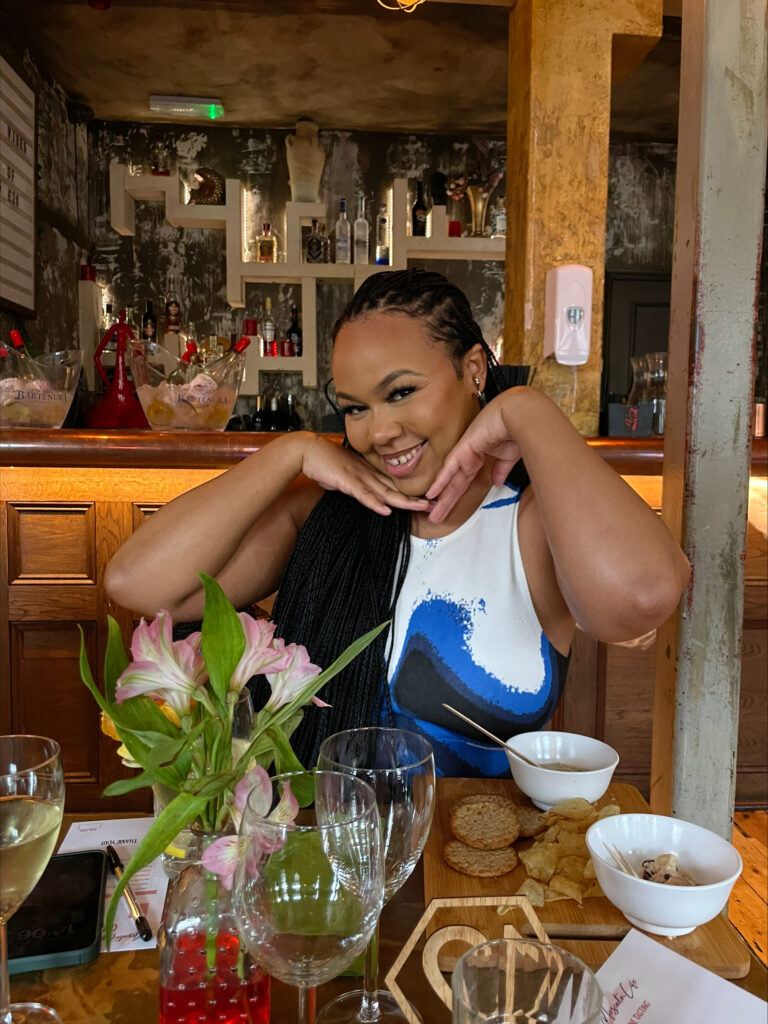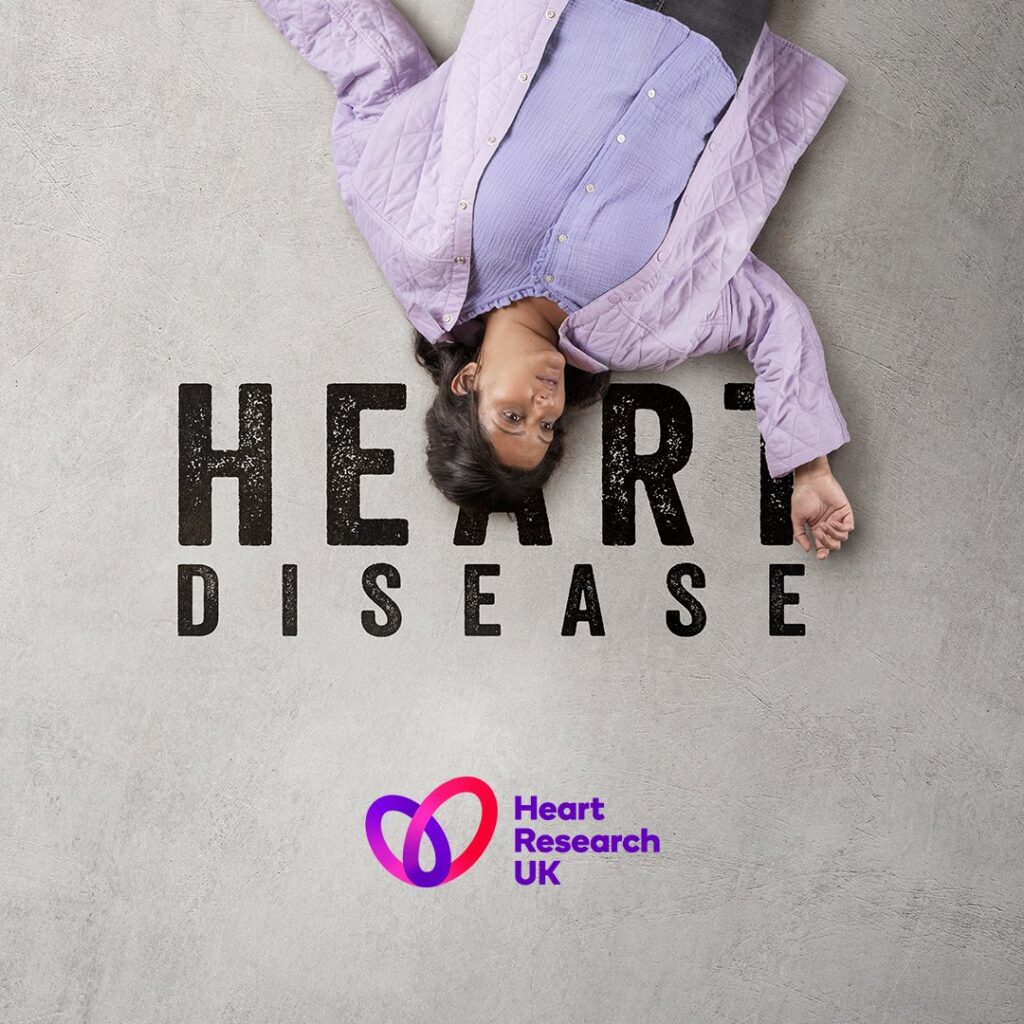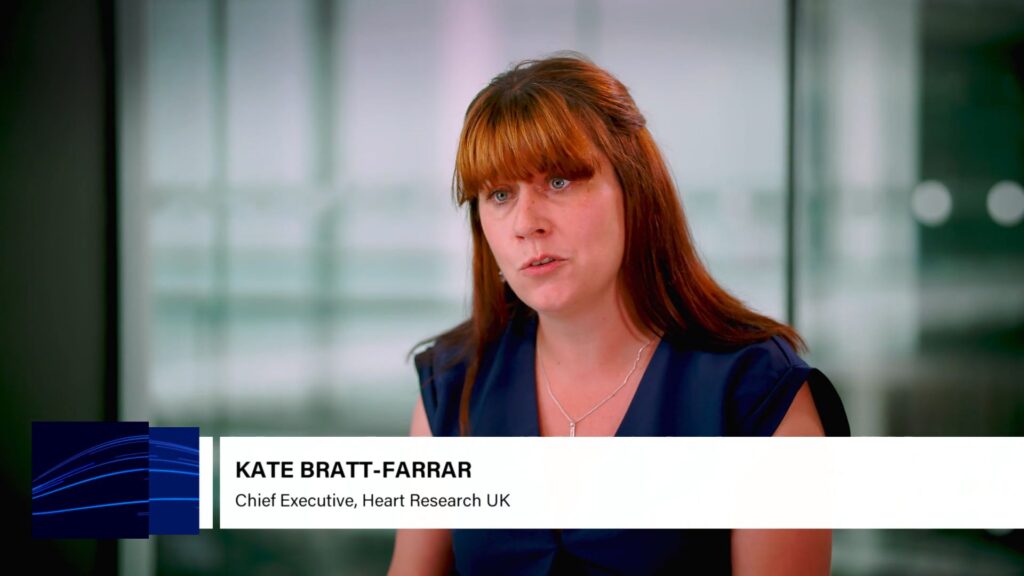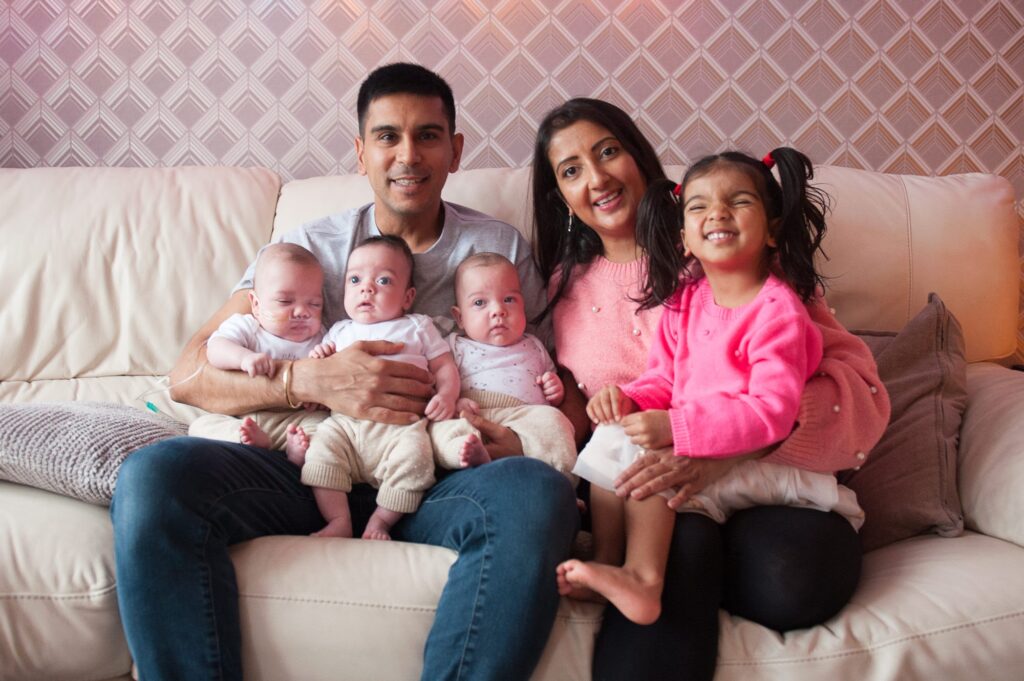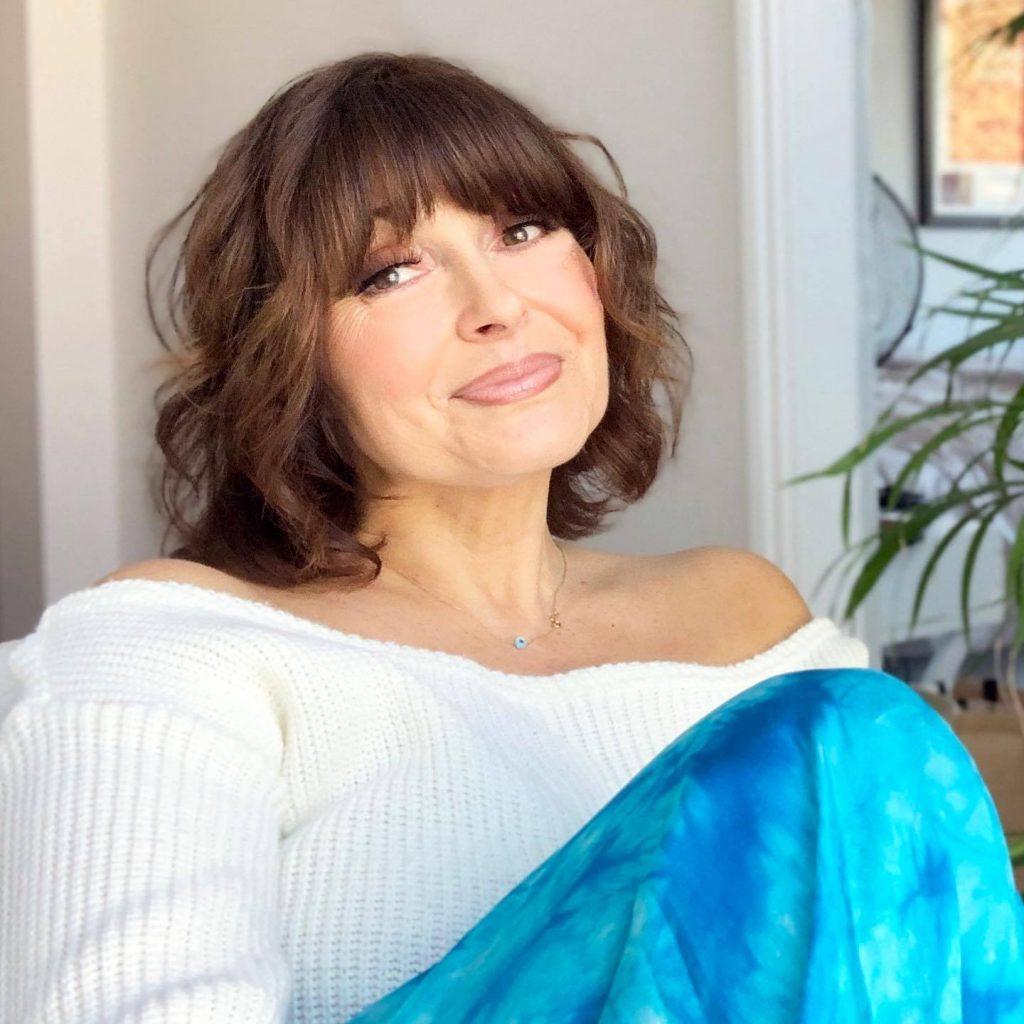
“I would clutch my
chest after only one set
of stairs”
In 2019, Keeley Hellyer was working in a physically demanding job which had her on her feet all day, going up and down stairs. The then 45-year-old was getting very out of breath and would clutch her chest after only one set of stairs.
Keeley sought medical attention and was diagnosed with asthma. When the inhaler didn’t help, the GP thought it could be symptoms of menopause and she was put on HRT. But a lot of the symptoms she had still didn’t improve.
Eventually, Keeley was given an appointment for an angiogram, a procedure which x-rays the blood vessels. This showed that she needed a stent put in, a small tube which keeps the artery open and prevents blockage.
“After the procedure they asked me to wait on the table whilst they cleaned up, and all I kept thinking was […] my stomach’s killing me. And I felt really drowsy,” Keeley says.
She told her husband about the pain, and he could see her lips turning blue and her face white. Within seconds all the alarms went off.
“I felt really drowsy”
A big artery had ruptured during the stent insertion, and Keeley was sent straight to hospital where she had emergency surgery. She had a very small chance of survival as she had lost nearly all the blood in her body. But the surgery was successful.
When Keeley had finally recovered, she and her husband went to France on a road trip. But Keeley realised she felt worse than she did before her stent insertion.
Keeley was readmitted to hospital where she had what felt like a heart attack.
“I just couldn’t breathe,
I couldn’t move,
I couldn’t get to my medication”
“I just couldn’t breathe, I couldn’t move, I couldn’t get to my medication,” she explains.
A blood test showed there was an issue with her heart, and she was transferred to a specialist hospital.
“I needed an emergency angiogram, and I was sobbing at the thought of that because I had PTSD from the first time when I nearly died,” Keeley says.
“The hospital director couldn’t have been nicer. I told him what had happened to me, and he said that happens to one in 25,000 people, so don’t worry.
“He did the whole procedure, and I didn’t feel a thing, a completely different experience from the first one,” she explains.
The hospital were doing everything they could to not do surgery again, but eventually they confirmed she needed a triple bypass, to create new paths for blood to flow around blockages in the heart.
“I felt very alone and lost. I felt too young for this to happen to me, this is something that happens to old people,” Keeley says.
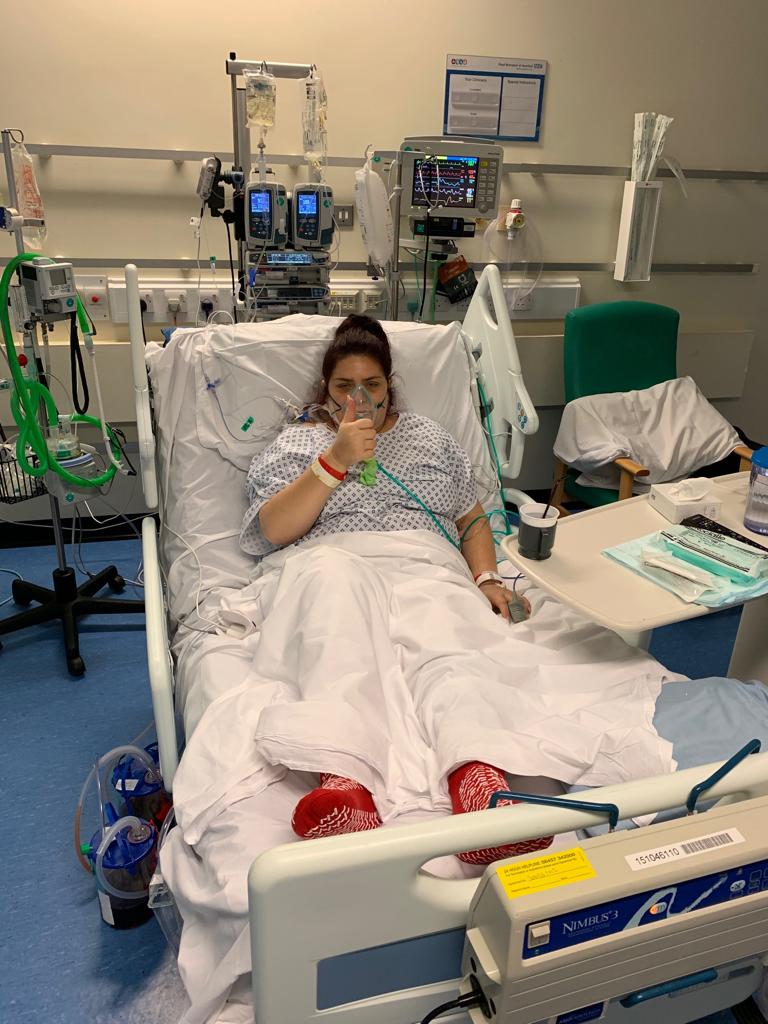
“The support I had from
the online community
got me through”
This is when Keeley started sharing her journey on Instagram, where she found a community of people who had gone or were going through the same thing she was.
“I found a whole community of people, a whole network of support from these people that I’d never met. Suddenly I didn’t feel like a freak. The support I had from the online community got me through, it really did.”
Before her surgery, Keeley started to think about the scars she would be left with.
“I’m not going to feel desirable, children are going to stare at me, all of a sudden I’d become concerned about scars.
“Afterwards, I realised the surgeon had given me a really small scar down my chest, which just looked like part of my cleavage. And I’ve just got an inch long scar along my calf which you can barely see now.
“My scars represent
life to me”
“The way I see it is my scars represent life to me. If I didn’t have them, I wouldn’t be here now. They tell a story. A year ago when I saw them in the mirror and I would cry, but now I’ve accepted them and I almost love them,” Keeley says.
She also explains the mental recovery that having heart surgery requires:
“I think you just put yourself in a box, thinking that’s how you’re going to be judged and treated. Psychologically it’s quite a hard thing to take onboard. Because I was mid-forties, I felt young, I thought this was something that happened to people who are in their 80’s. But now I know it does happen and it’s very common.”
Although sometimes still struggling mentally, Keeley is back to living her life the way she used to.
“I just want to get the message across that if something doesn’t feel right, get it checked. Also, I want everyone to be aware that a lot of symptoms can be confused with the menopause.
“If my story can just help one person from mistaking their symptoms and going on to have a heart attack, I will do whatever I can.”

Find out more about the campaign using the links below.
